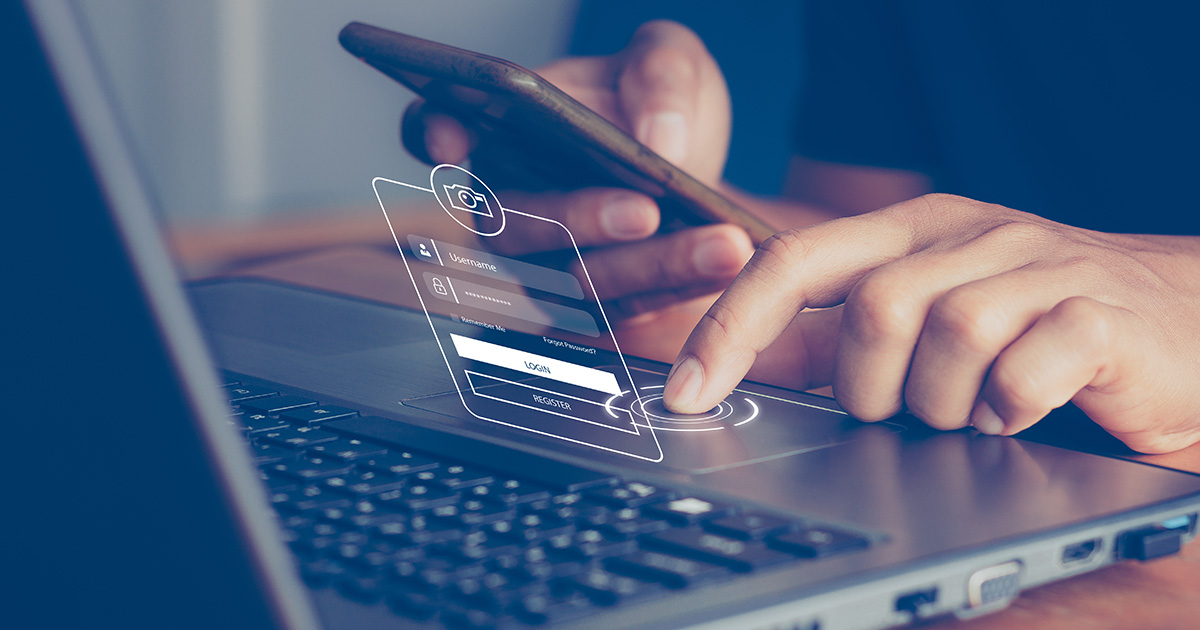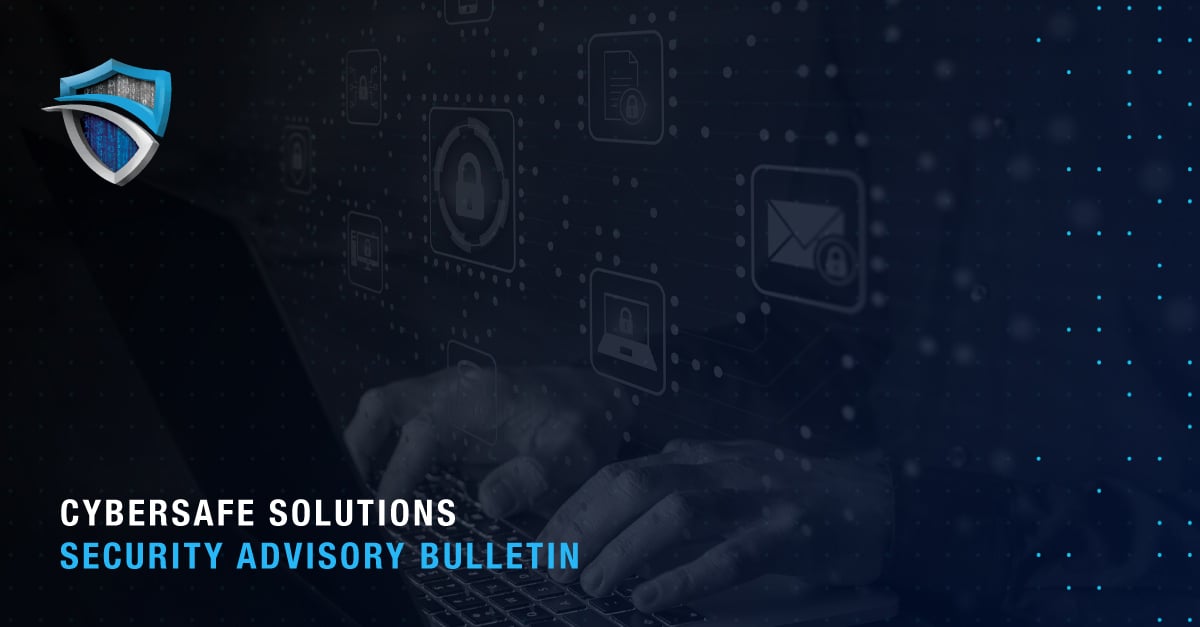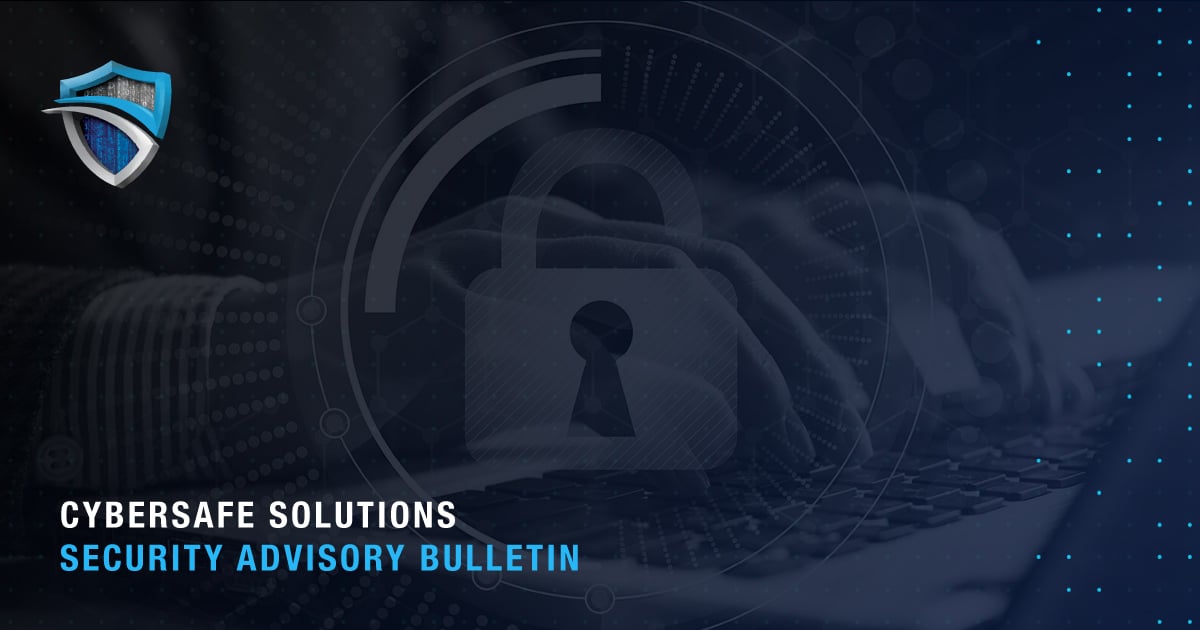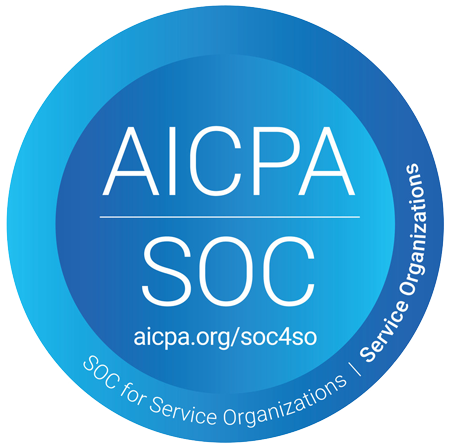Account compromise is a gravely serious issue that impacts people all over the world, especially as users continue to sign up for more and more services.
And since people live busy lives, it’s not uncommon for users to recycle passwords and other security information—a practice they often carry with them to their professional lives, leaving your organization exposed.
As cyber adversaries continuously adapt strategies and become increasingly active, it is vital internet users and businesses bolster their cyber security postures with industry best practices. And one of the most effective ways to combat hostile intrusions is by routinely employing a multifactor authentication solution.
What is Multifactor Authentication?
Multifactor authentication (MFA) involves a two-factor verification of your personal information and identity, making it more challenging for adversaries to hack into your account and steal sensitive information.
MFA typically involves inputting your credentials, usually a username and password, and another type of “factor,” which can include a temporary code sent via email, text, or a third-party authorization app, or more personal measures, such as a fingerprint or iris scan.
Adding a secondary factor significantly protects your privacy—and it’s remarkably easy to implement. In fact, many servers will prompt you to add MFA upon creating a new account.
“What MFA does is it creates that additional item that an attacker has to have access to in order to get into that account,” says Cybersafe Security Sales Engineer James Ewing. “Whether it's a cell phone, whether it's an application that gives you a code, they have to now have a different system” to access to infiltrate your account.
“So it really slows them down,” Ewing adds. “And nine times out of 10, they'll just go look elsewhere.”
Why is Multifactor Authentication Important?
MFA Provides Added Security Layer
Implementing MFA adds an additional layer of security to your company email, social media, or other accounts, making it more challenging for hackers to infiltrate your valuable data.
According to a paper from SANS Software Security Institute sponsored by Microsoft, implementing MFA in many cases can “block over 99.9 percent of account compromise attacks.”
The paper’s authors note that businesses should move away from single-fact authorization immediately to avoid costly and dangerous cyber attacks.
“Single-factor opens up a massive attack vector—one that could and should be easily prevented,” the paper explains. “If you’re currently living in a single-factor world, consider moving toward multi-factor authentication or passwordless options.”
Passwords Can Be Cracked
It has become all too common for employees to reuse passwords, or worse: write them down.
According to Ponemon Institute’s “The 2020 State of Password and Authentication Security Behaviors Report,” individuals reuse passwords across an average of 16 workplace accounts, and IT security respondents do so across an average of 12 workplace accounts.
Forty-two percent of surveyed IT professionals also responded that their organization relies on sticky notes to remember passwords, the report continues.
Implementing MFA helps negate poor password health practices. Although hackers might be able to crack your passcode, the addition of a second authentication stops them in their tracks.
Better yet, some industry leaders are pushing that businesses “go passwordless,” nixing passwords altogether by implementing industry protocols such as Client to Authenticator Protocol (CTAP) and WebAuthn, according to the SANS Software Security Institute paper. The latter ensures web browsers are integral in authentication, facilitating end-to-end user credential protection and strengthening the security chain.
Protects Sensitive Information
Utilizing MFA is simply one of the top ways security experts protect their sensitive information online.
“Most of the (threat actors) that we see, they're trying to get into businesses that don't have MFA, that don't have active anti-phishing measures in place,” Ewing says. “They're really still picking the low-hanging fruit.”
Whether you’re guarding company spending accounts, health records, or important data, this additional security layer makes it more challenging for hackers to compromise your account and its valuable contents.
Maintaining a Robust Security Posture
Employing MFA is one of many vital practices necessary to enhance corporate security posture, along with others such as investing in cyber insurance, promoting email security, and safely backing up data.
However, perhaps the most important facet is an investment in continuous monitoring software, enabling businesses to detect, isolate, and respond to threats or suspicious activity before it manifests as attacks.
With 24/7/365 visibility into endpoint, network, and cloud environments, this software comprehensively overviews every occurrence in your systems—detecting patterns, curbing malicious activity, and eliminating data silos.
It is prudent for businesses committed to improving cybersecurity posture not only to implement best practices such as MFA, but additionally, make a proactive investment in continuous monitoring that curbs threats before they strike.
Cybersafe Solutions is a state-of-the-art managed security provider with more than 20 years of experience in the online threat landscape. Our expert team leverages cutting-edge technology to provide 24/7/365 visibility into your company’s security posture at all times, seamlessly detecting when a threat has penetrated the network and containing it.
Contact us today to learn more.




